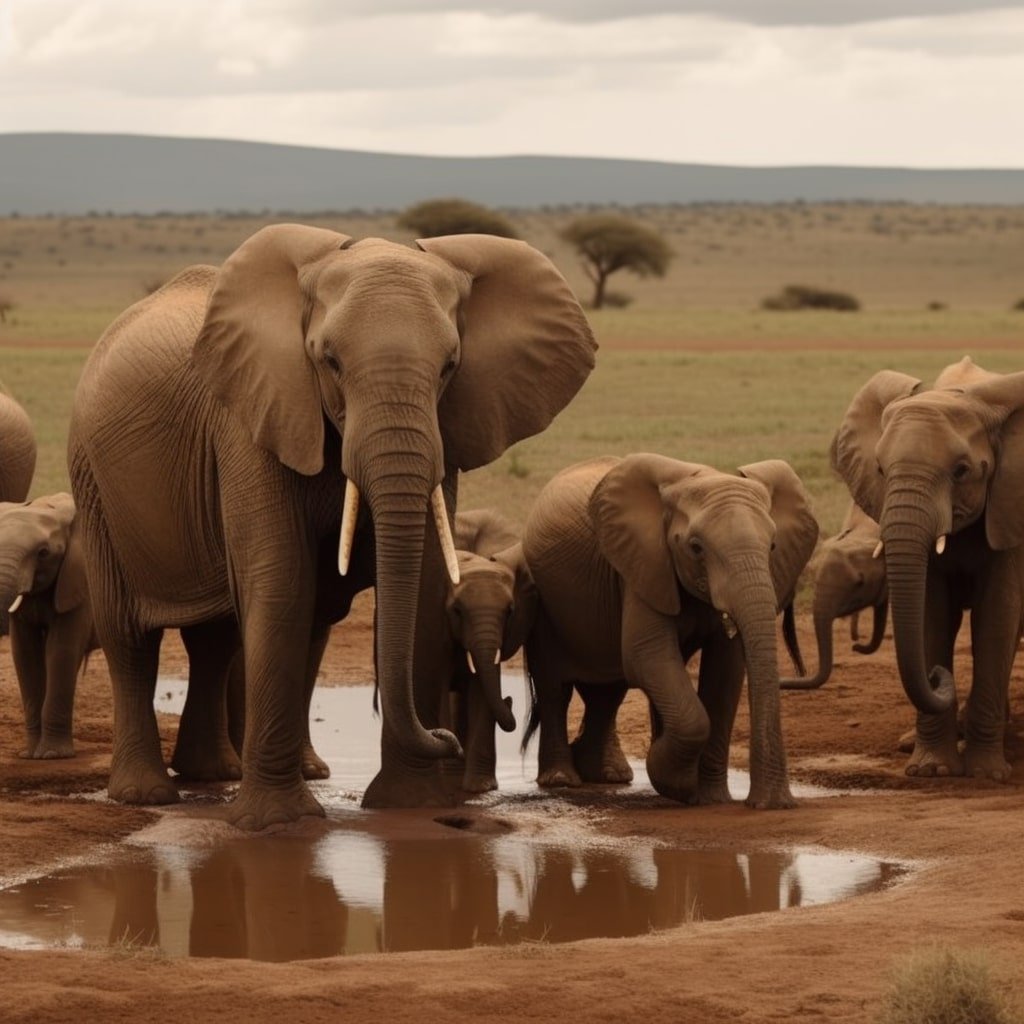Welcome to the vast savannah lands of Zambia, where the sun is always shining, and wildlife roams free. Today, we’ll be taking a closer look at the big animals that call this area home. We’ll introduce each one and provide some interesting facts to help you learn more about these majestic creatures.
The ideal time for wildlife observation is during the Dry season (May to October) when water is scarce, and animals congregate at waterholes and rivers. During this period, the bush is less dense, and animals are more visible. The period between October and the onset of rains is extremely hot, and some roads may become inaccessible during the Wet season (November to April). Moreover, several Safari camps close during this time.
The lion, elephant, tiger, buffalo and rhino are also known as the big 5. They used to be on hunters’ list of the most difficult animals to hunt down. Now protected from poaching, they can be found in game reserves which make up just over 8% of Zambia’s land mass.
Up to the early 60’s there was wildlife in the forest around Kitwe. Some miners who had hunting skills would go out into the forest on the other side of the Kafue River. They would come back with game meat, which they sold on the Copperbelt. It was common to see stuffed animals displayed in homes and public buildings. Kitwe Civic Centre still has a stuffed lion in a glass cabinet in the lobby.
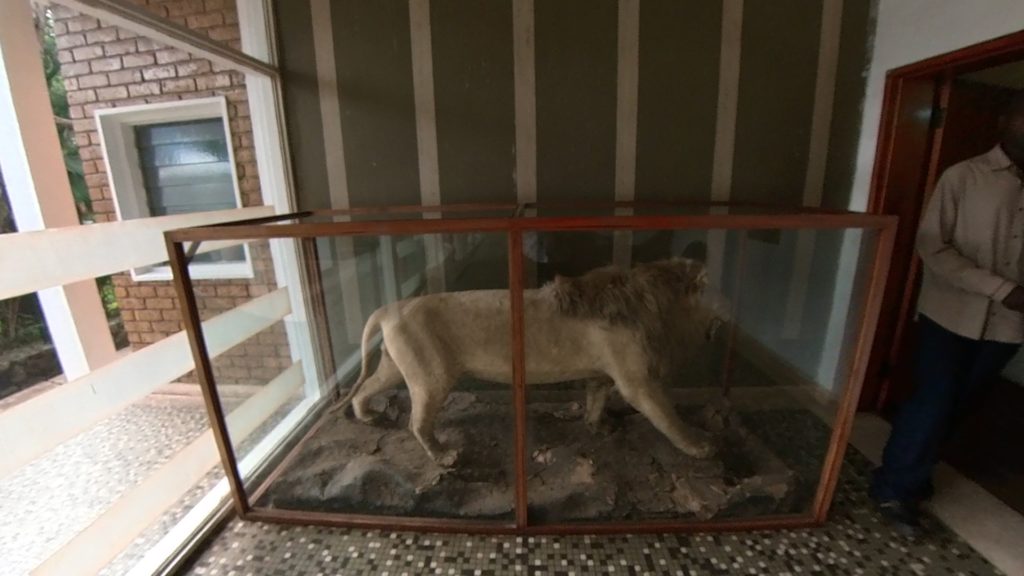
Due to illegal poaching activities and destruction of their natural habitat, most of the animals have disappeared. You can, however, still safely see the big five and a multitude of other animals on a Safari tour in any one of the Game Reserves, against the backdrop of a sound track of delightful bird song and chirping insects.
Animals in their natural environment have a different look in their eyes from animals in a zoo.
Lion.

The king of the jungle, the lion is a majestic and fearsome animal. Did you know that lions can run up to 50 miles per hour, making them one of the fastest animals in the savannah? They also live in groups called prides, and the females do most of the hunting.
Elephant.
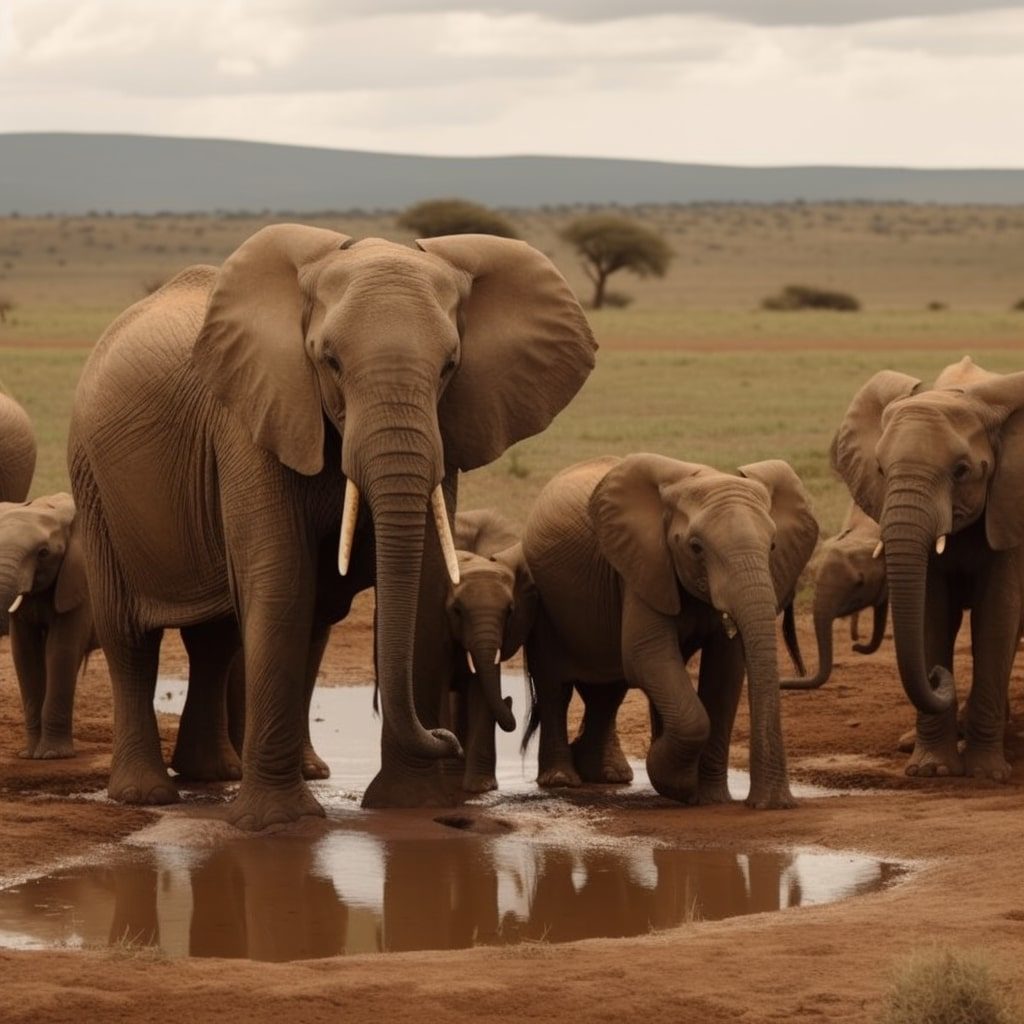
The largest land animal in the world, the elephant is a true giant of the savannah. Did you know that elephants have a highly developed sense of smell and can communicate with each other using infrasonic sounds that are too low for humans to hear? They also have a memory that is thought to be one of the best of any animal.
Leopard.
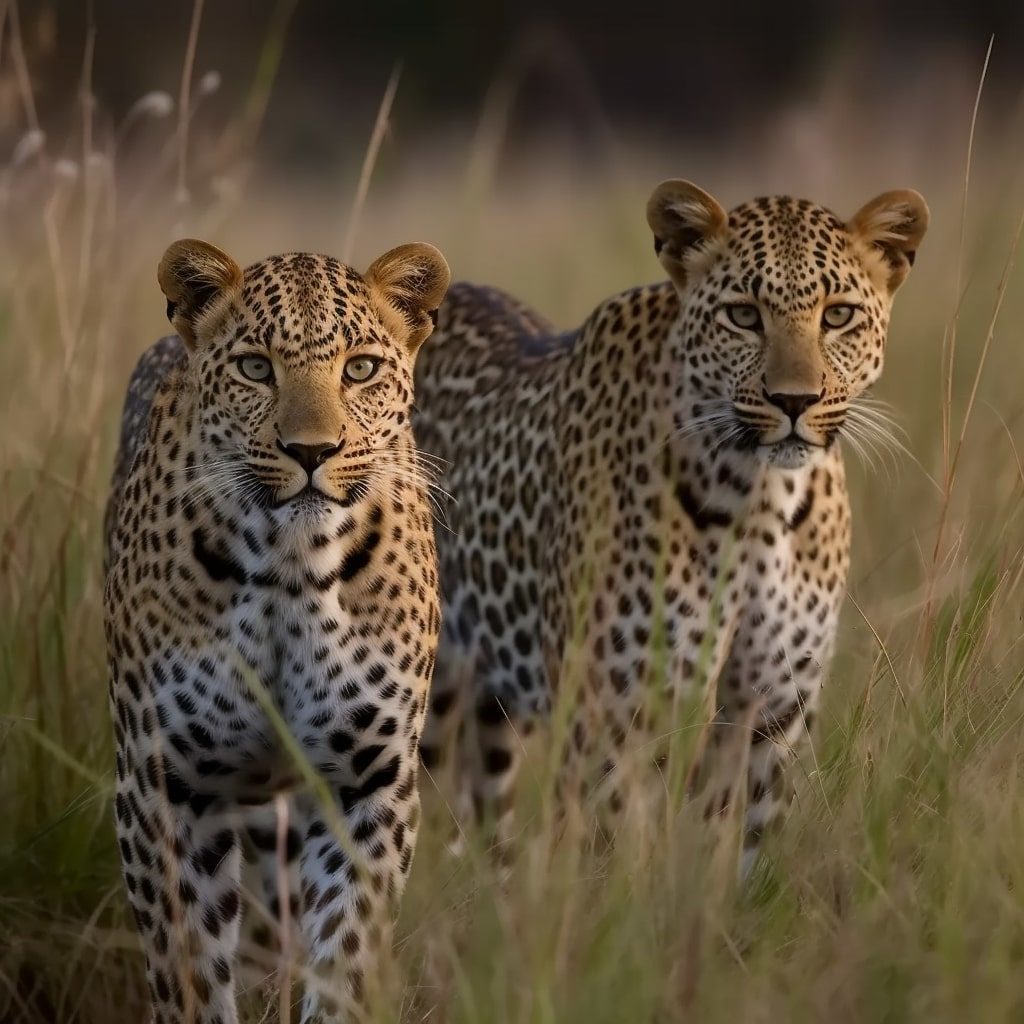
The most elusive and stealthy of the big cats, the leopard is a master of camouflage. Did you know that leopards can carry prey up to three times their own weight up into a tree to eat it? They also have distinctive black spots on their fur, which help them to blend in with their surroundings.
Rhino.
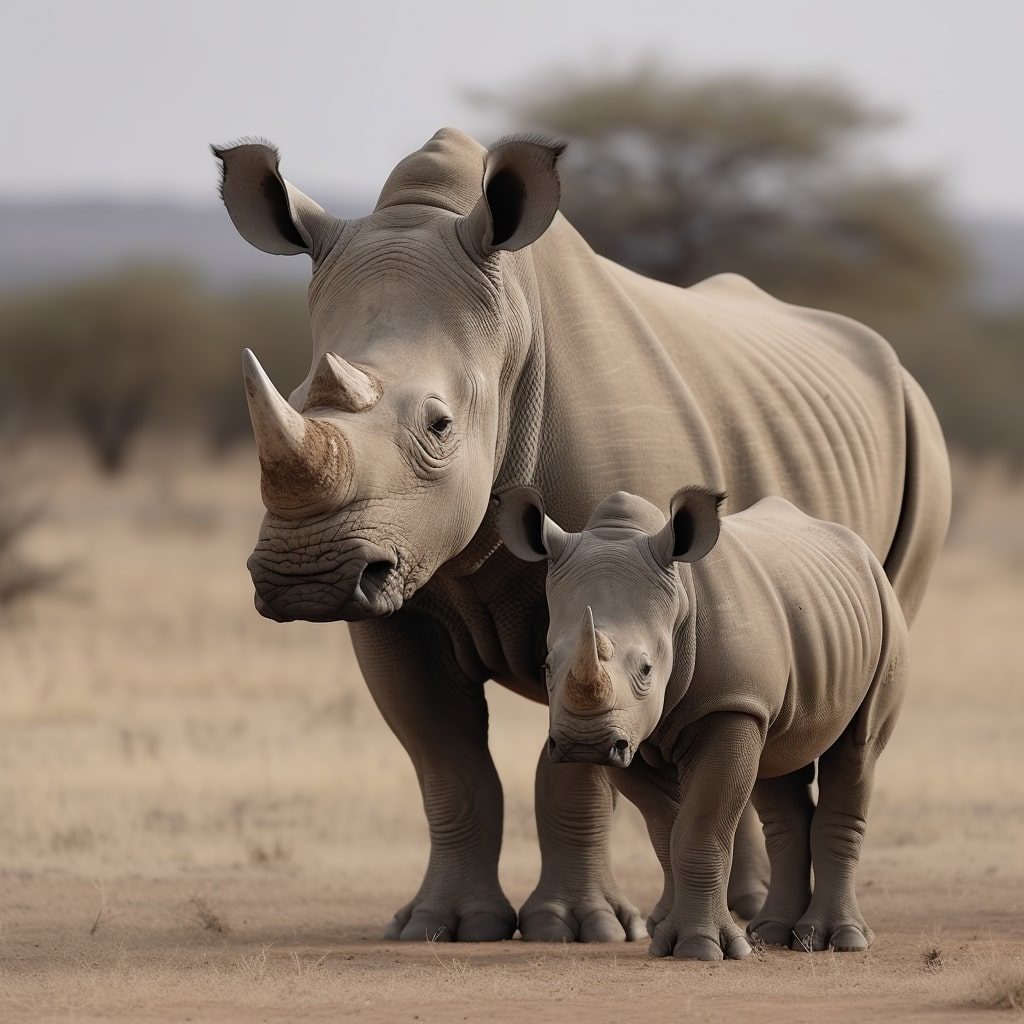
One of the largest land animals in the world, the rhino is a formidable sight in the savannah. Did you know that there are two types of rhino in Zambia: the white rhino and the black rhino? Despite their names, both types of rhino are actually gray.
Buffalo.
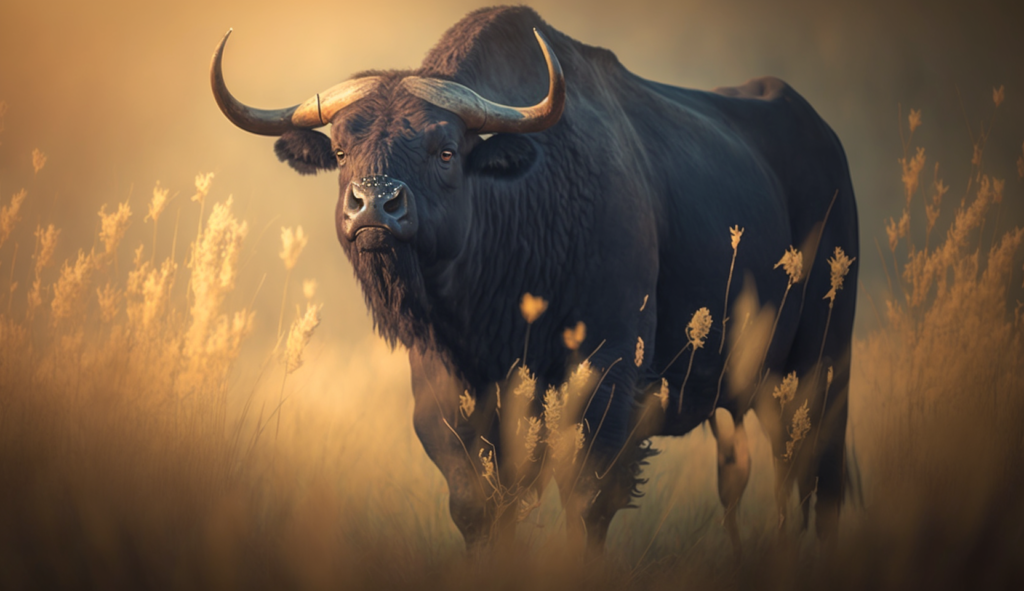
The African buffalo is a massive and powerful animal that can weigh up to a ton. Did you know that buffalos have an excellent memory and can remember faces and scents of other animals for years? They are also very protective of their young and will fiercely defend them against predators.
Cheetah.
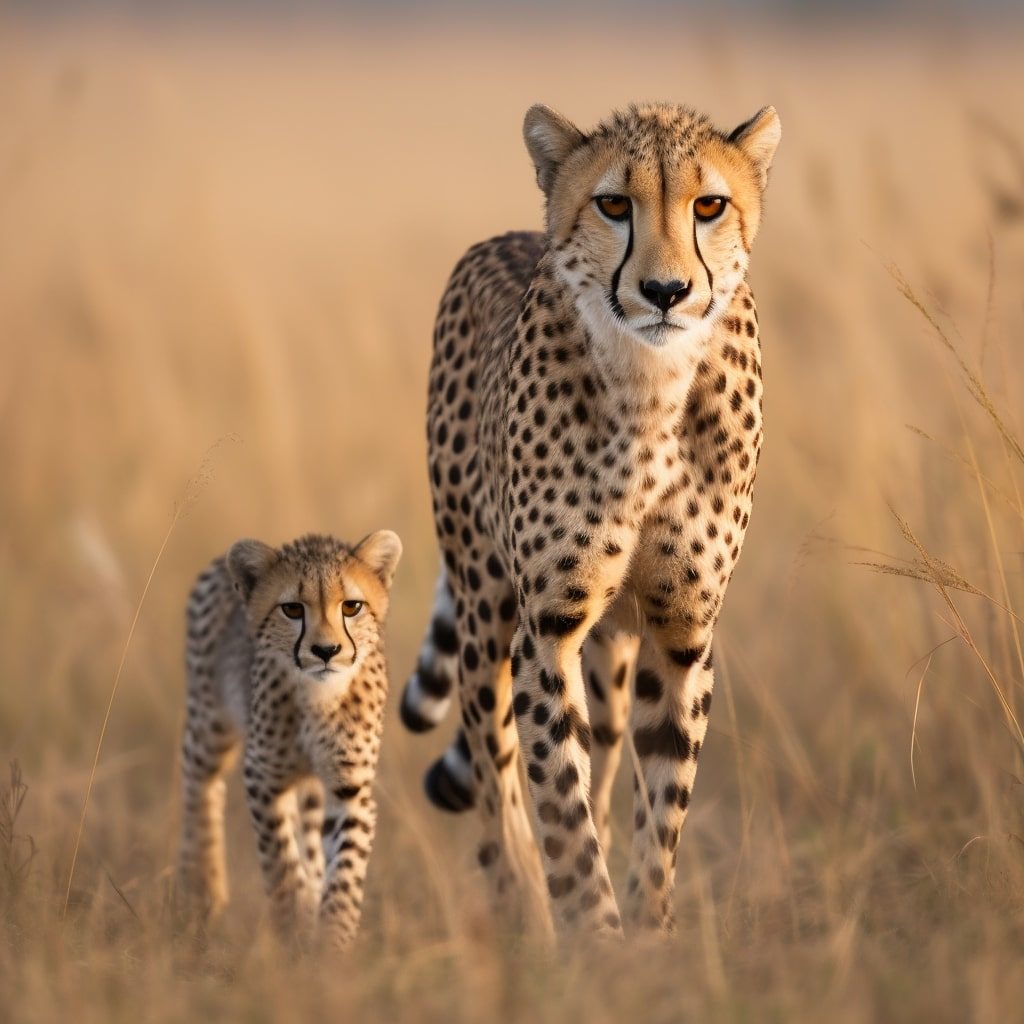
The fastest land animal in the world, the cheetah is a sleek and graceful predator. Did you know that cheetahs can reach speeds of up to 70 miles per hour in short bursts, but can only maintain this speed for a few hundred yards? They also have distinctive black “tear stains” under their eyes, which help to reduce glare and improve their vision.
Civet Cat.
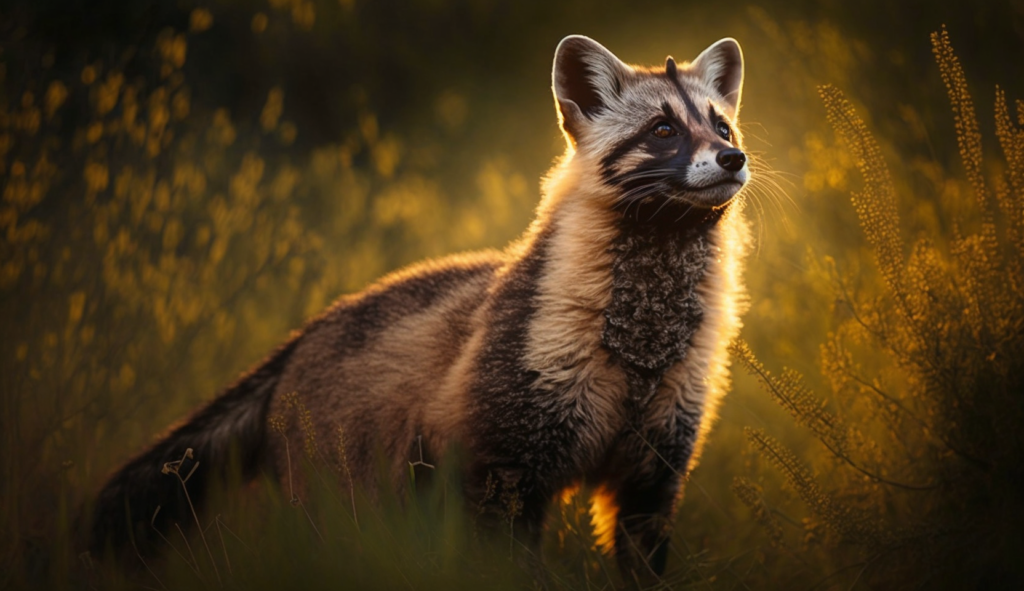
The African civet cat is a small, nocturnal animal that is often hunted for its musky scent glands. Did you know that civet cats are able to climb trees and use their tails as an extra limb for balance? They are also known for their loud, distinctive call.
Crocodiles.
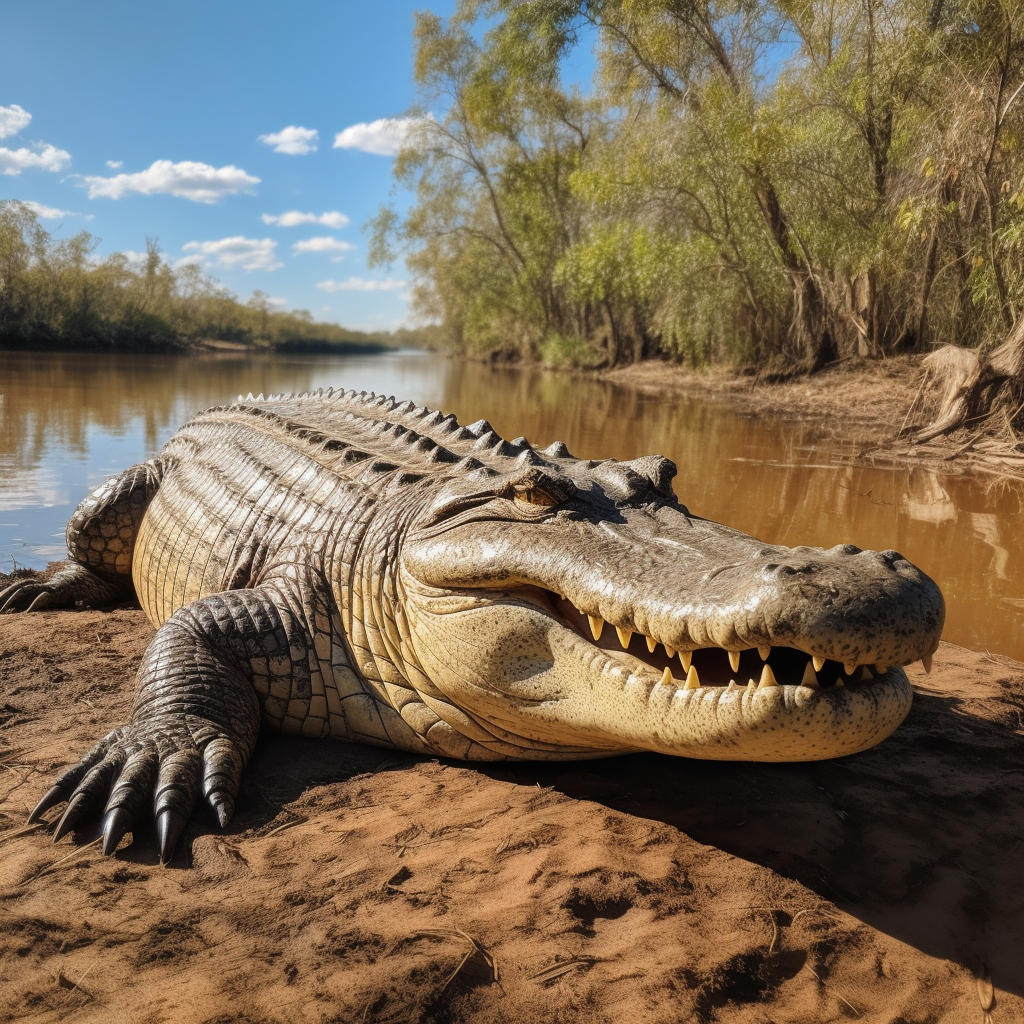
Found in rivers and lakes throughout the savannah, crocodiles are one of the most fearsome predators in Africa. Did you know that crocodiles can live for up to 70 years and are able to hold their breath underwater for over an hour? They are also known for their powerful jaws, which can exert a force of up to 3,000 pounds per square inch.
Giraffe.
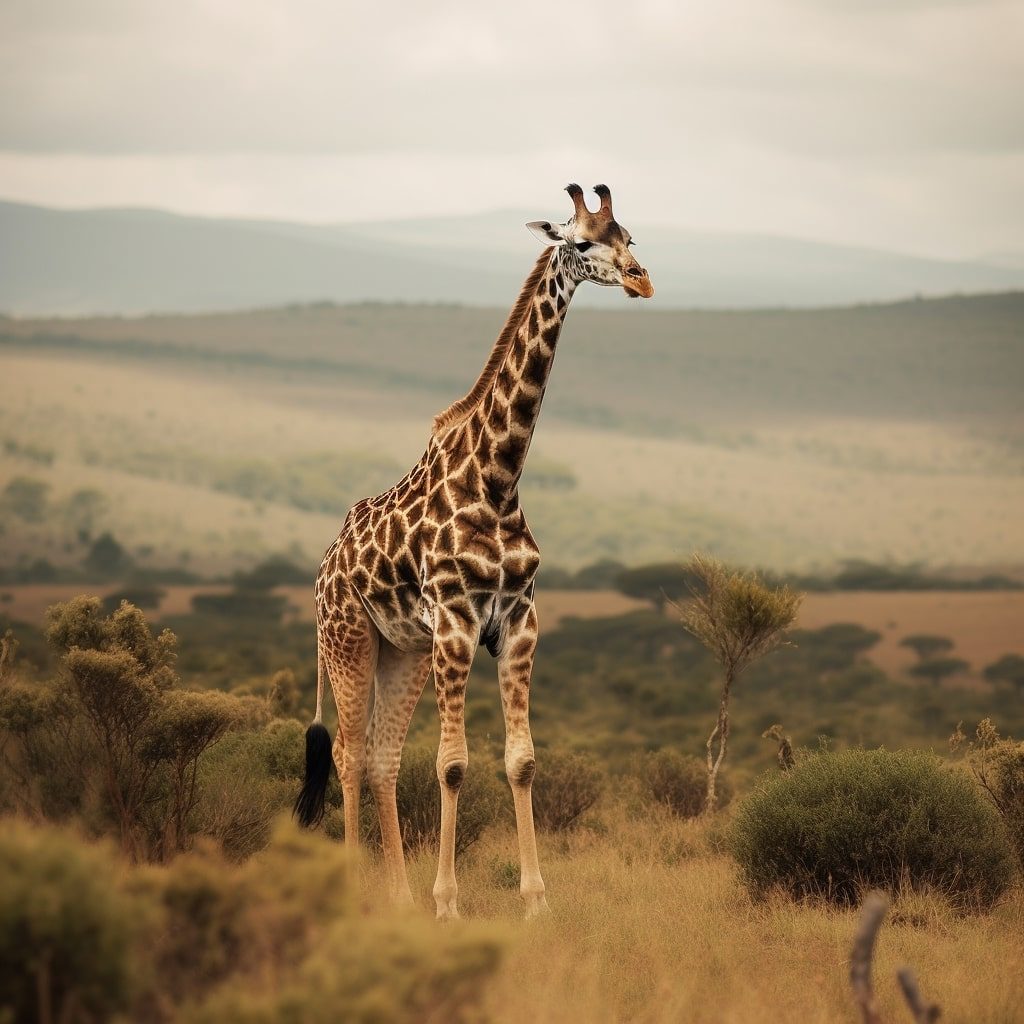
The tallest land animal in the world, the giraffe is a unique and iconic animal of the savannah. Did you know that giraffes have long necks, not to reach food high up in trees, but to help them fight for dominance and attract mates? They also have very long tongues that can reach up to 18 inches to help them grasp leaves and twigs.
Zebra.
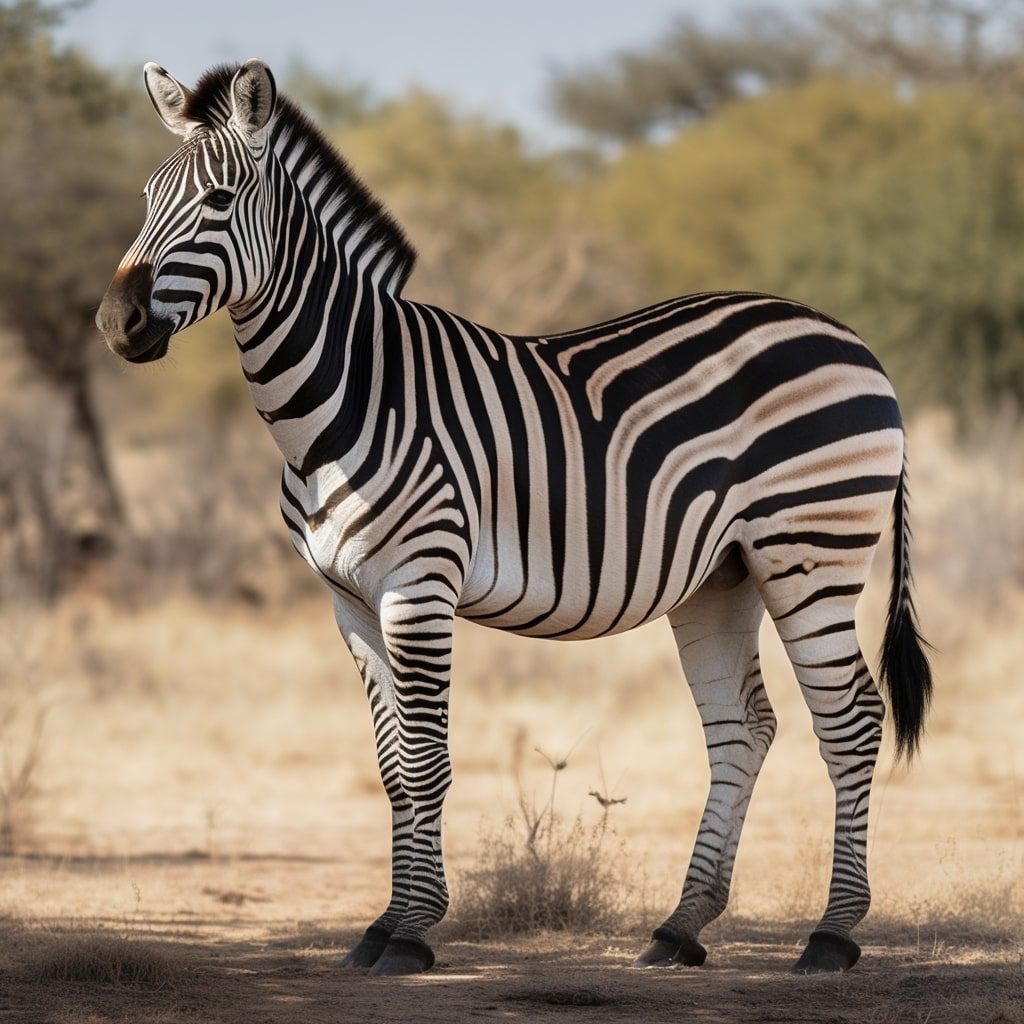
The zebra is a distinctive and recognizable animal of the savannah, known for its black and white striped coat. Did you know that zebras have excellent hearing and vision, which help them to detect predators from a distance? They also have a unique social system where they live in family groups called harems.
Warthog.

The warthog is a tough and resilient animal of the savannah, known for its distinctive tusks and “warts” on its face. Did you know that warthogs have a symbiotic relationship with birds called oxpeckers, who eat ticks and other parasites off their skin? They also have a keen sense of smell, which they use to detect predators.
Monkey
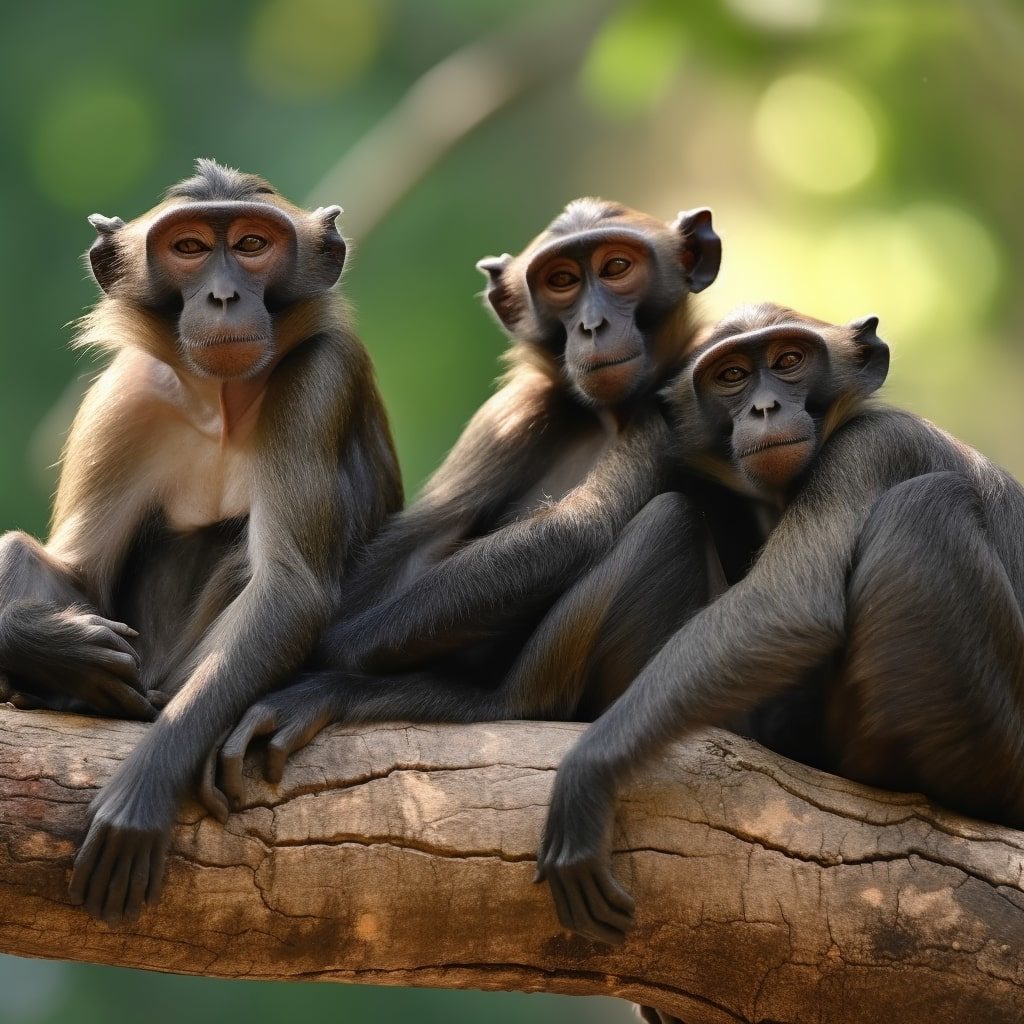
There are several species of monkeys found in the savannah, including baboons and vervet monkeys. Did you know that monkeys are highly social animals and live in groups called troops? They also have opposable thumbs, which they use to grasp and manipulate objects.
Monitor lizard.
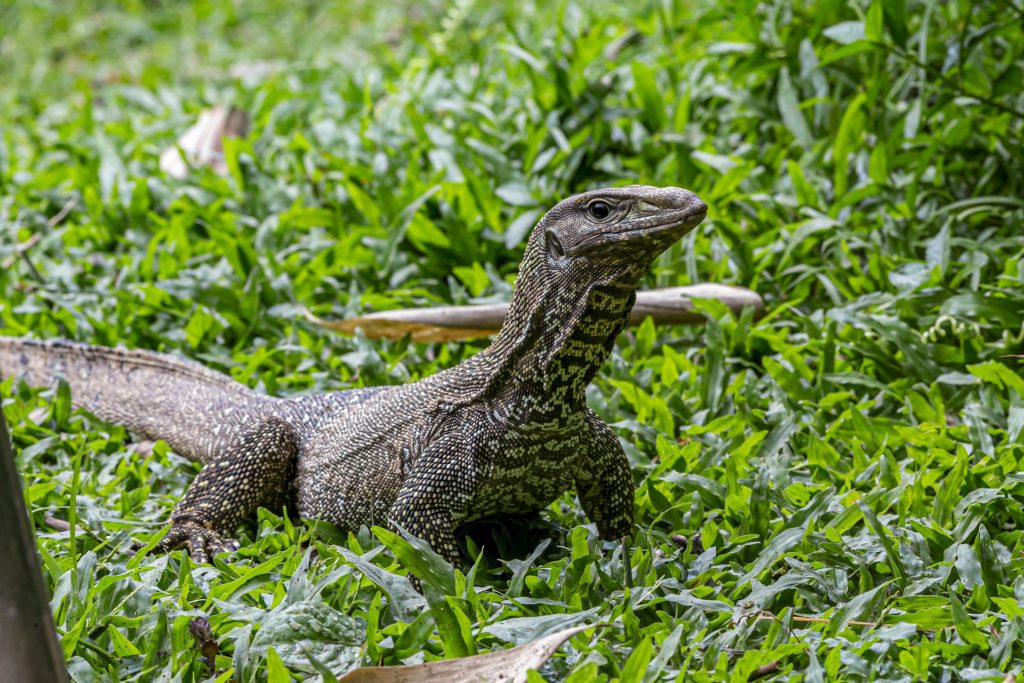
The monitor lizard is a large and intimidating reptile that is found throughout the savannah. Did you know that monitor lizards are excellent swimmers and can hold their breath underwater for up to 30 minutes? They are also known for their sharp claws and powerful tails, which they use to defend themselves against predators.
Impala.

The impala is a graceful and agile antelope that is found throughout the savannah. Did you know that impalas are able to jump up to 10 feet high and 30 feet in length, making them excellent escape artists? They also have a distinctive black stripe on their tail, which they use to signal to other impalas.
Hippopotamus.
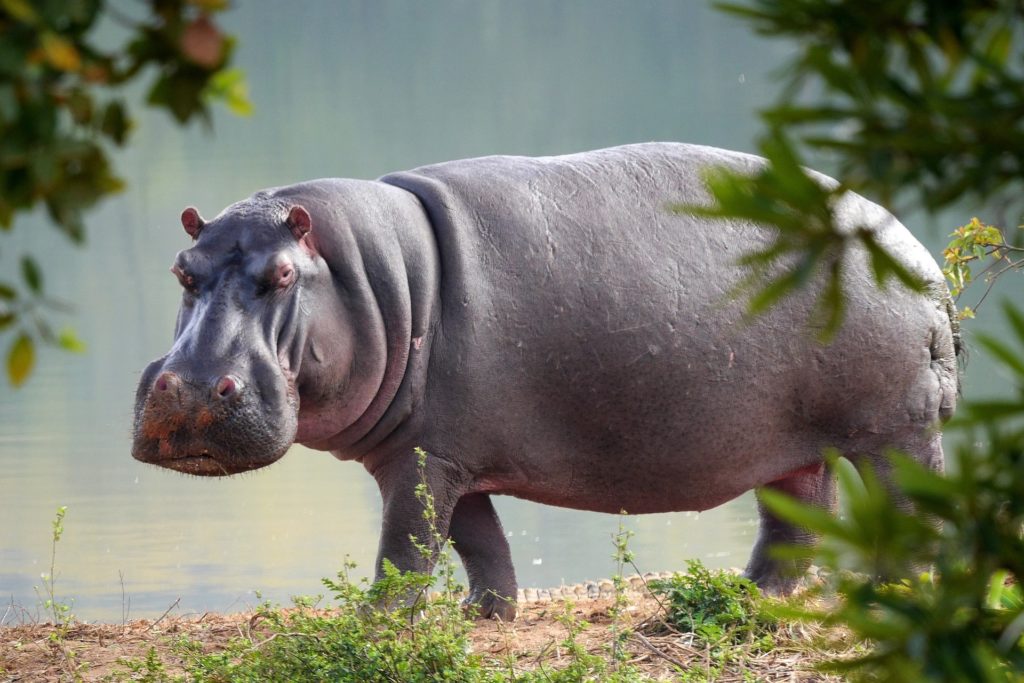
The hippopotamus is a massive and formidable animal that is found in rivers and lakes throughout the savannah. Did you know that hippos can hold their breath underwater for up to five minutes and are able to run at speeds of up to 20 miles per hour on land? They are also highly territorial and will aggressively defend their territory against other hippos and predators.
Antelope/Kudu.
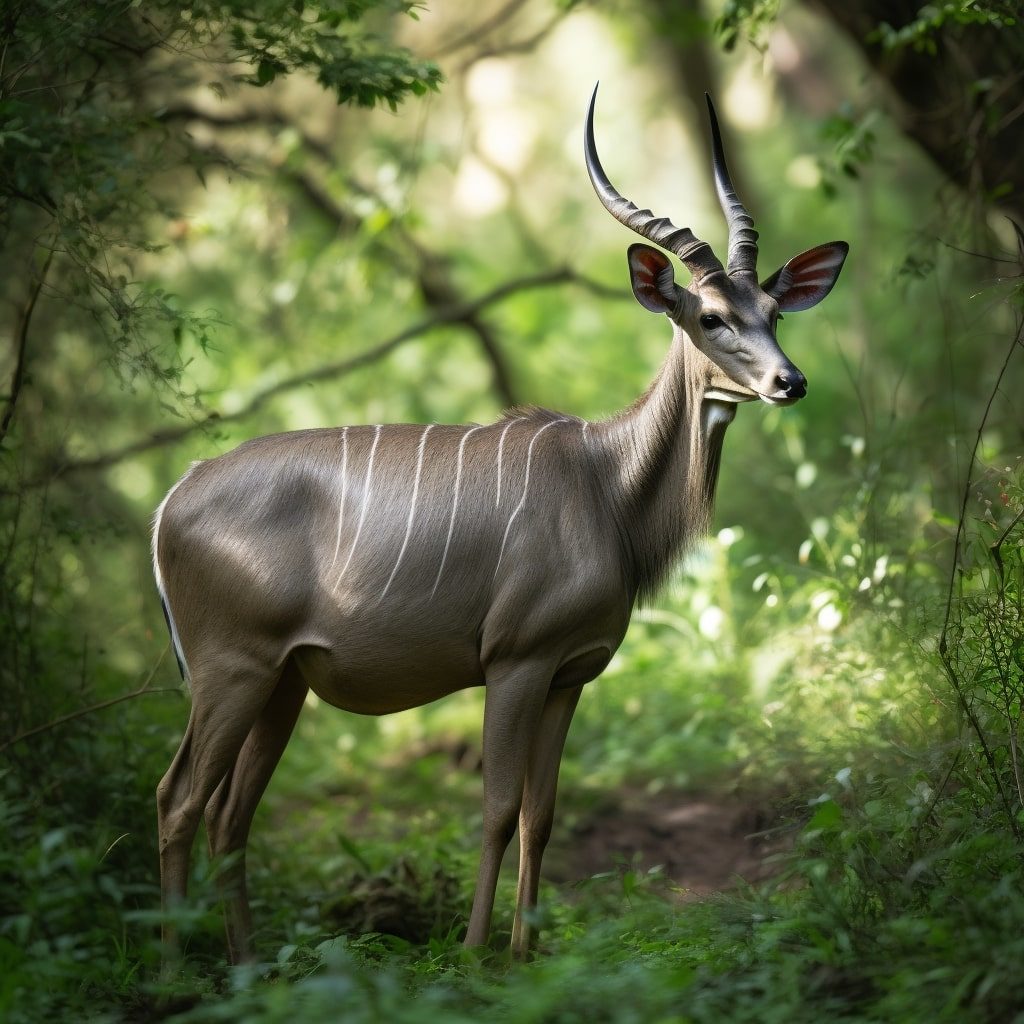
There are several species of antelope found in the savannah, including the kudu, which is known for its impressive horns. Did you know that male kudus use their horns to fight for dominance and attract mates? They also have a keen sense of hearing, which they use to detect predators.
Jackal (Black-backed).
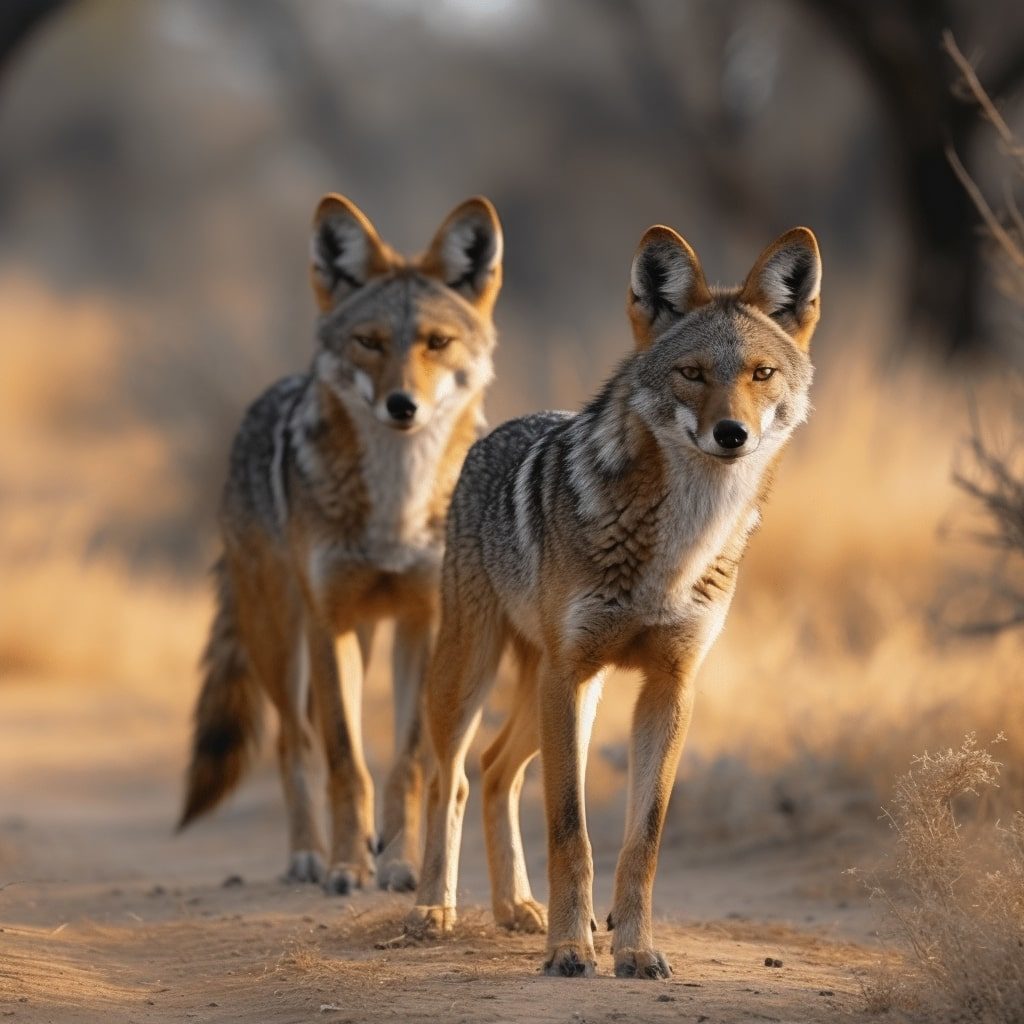
The black-backed jackal is a small and elusive predator that is found throughout the savannah. Did you know that jackals are highly adaptable and can live in a variety of habitats, from forests to deserts? They are also known for their distinctive howls, which they use to communicate with each other.
That concludes our tour of the big animals of the Zambian savannah. These are only some of the wide variety of wildlife that is still available for us to see and appreciate in various Zambian game reserves. Over 8% of the country’s land mass has been reserved for the preservation of wildlife. These 20 national parks and 34 game management areas are protected and managed by the Zambia Wildlife Authority (ZAWA). These reserves offer a variety of activities for visitors such as game drives, walking safaris, bird watching, and boat cruises, providing an unforgettable experience for wildlife enthusiasts. We hope you learned something new and gained a deeper appreciation for the diversity and complexity of Zambia’s unique ecosystem.
